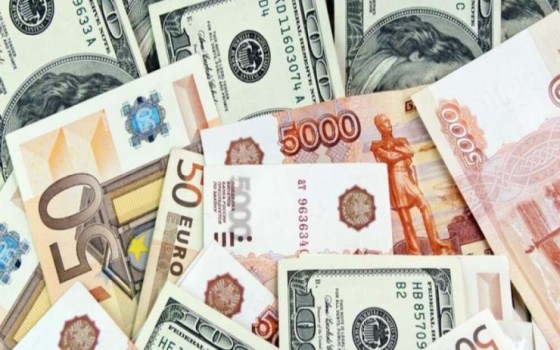
The unemployment rate in the euro area has fallen to its lowest level ever

- Europe and Arabs
- Wednesday , 2 August 2023 10:21 AM GMT
Brussels: Europe and the Arabs
The unemployment rate in the eurozone has fallen to an all-time low, according to figures released by the European statistics agency Eurostat in Brussels.
The Brussels media took note of this and said, "There was a brief mild recession in the eurozone, but the final figures for Eurostat recently showed that monetary union could narrowly avoid such a scenario. Despite the weak economic growth, the European labor market is holding up well." In fact, the unemployment rate has never been that low.
According to a Eurostat report, the unemployment rate in the eurozone was 6.4 percent in June. This is the lowest level since measurements began in 1998.
The Census Bureau also updated the numbers for May and April. The unemployment rate for those months was revised from 6.5 to 6.4 percent.
The labor market is performing better than expected. A Reuters poll earlier showed that economists expected an unemployment rate of 6.5 percent.
Eurostat said the number of unemployed people in the euro area fell to just over 10.8 million in June, down 62 thousand from the previous month. On an annual basis, there is a decrease of 441,000.
According to Eurostat, Belgium's unemployment rate was 5.7 percent in June, which matches May's figure.
Will the situation change soon? "The historically low unemployment rate is staggering because economic growth in the eurozone is under pressure," she added, according to media reports in Brussels.
The final Eurostat figures show that the Eurozone economy remained stable in the first quarter. Earlier, there was still talk of a contraction of 0.1 percent, which meant that the Eurozone was in a (technical) recession at that time.
We talk about a technical recession when economic growth has been negative for two consecutive months. In the fourth quarter of 2022, the Census Bureau recorded a negative growth (-0.1%).
Preliminary figures for the second quarter show that the monetary union's economy grew by 0.3 percent.
Either way, the outlook is not rosy. Preliminary numbers from S&P Global show that the PMI fell from 49.9 points in June to 48.9 points in July. This is the lowest level in the past eight months.
A reading of more than 50 points indicates growth, while a reading of less than 50 points indicates contraction
Future outlook: Economists expect the unemployment rate to rise again.
They point to a decrease in the number of vacancies in Germany and France in July. According to them, this is a sign that the labor market in the eurozone will weaken as a result of the economic slowdown.
It is also noted that the number of working hours for each employee is less than it was before the Corona pandemic. Therefore, productivity growth remains weak.
"We expect unemployment to rise in the eurozone for the rest of this year as tight monetary policy weakens economic activity," Julia Bellicoso, an economist at research group Capital Economics, told the Financial Times.












No Comments Found